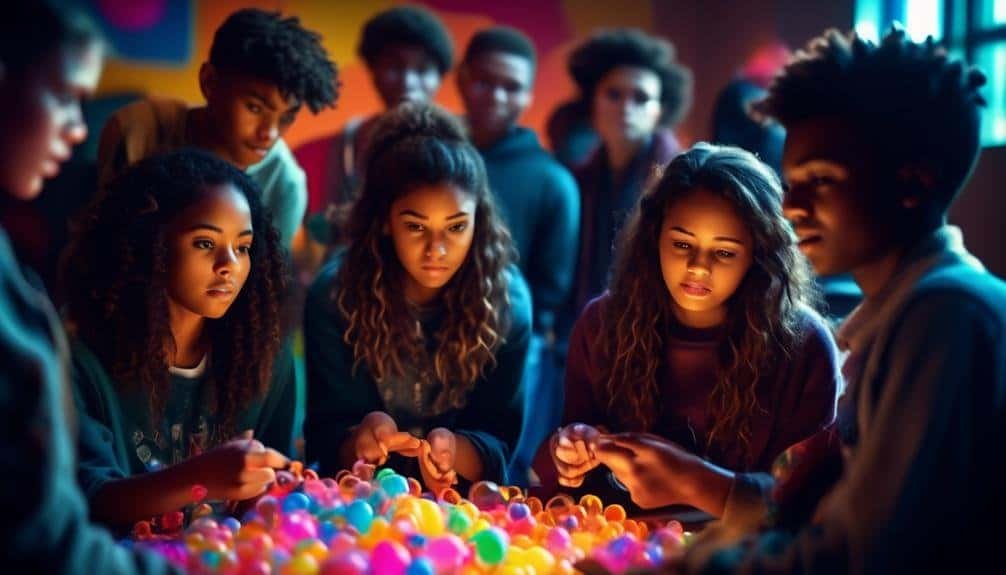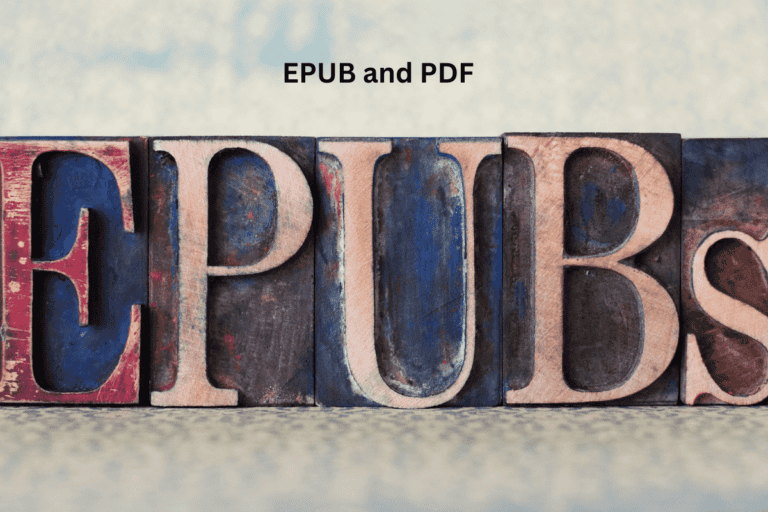Creative and Critical Thinking in Education
Imagine a classroom as a blank canvas, waiting to be filled with colors and ideas. Just as a painter uses a brush to create a masterpiece, educators have the power to shape young minds through the art of teaching.
In this ever-changing world, where knowledge is accessible at the touch of a button, it is essential to equip students with the skills they need to navigate the complexities of the 21st century. That's where creative and critical thinking come into play.
But what exactly do these terms mean, and why are they so crucial in education? Join us on a journey as we explore the transformative power of creative and critical thinking, and discover how these skills can empower students to become lifelong learners and problem solvers.
Key Takeaways
- Creative and critical thinking skills are essential for analyzing information and solving problems in education.
- Traditional teaching methods often prioritize rote memorization and standardized testing, hindering the development of these skills.
- Fostering creative and critical thinking requires adopting teaching approaches that actively engage students and creating a supportive and inclusive learning environment.
- Incorporating problem-solving activities, interdisciplinary approaches, collaboration, and technology tools can promote creative and critical thinking in the classroom.
The Importance of Creative and Critical Thinking
Creative and critical thinking are essential skills that play a crucial role in education, allowing individuals to analyze information, solve problems, and generate innovative ideas. The importance of developing these skills can't be overstated.
Creative thinking enables students to think outside the box, approach challenges from different angles, and come up with unique solutions. It encourages them to question assumptions, explore possibilities, and express their ideas in original ways.
On the other hand, critical thinking helps students evaluate information, identify biases, and make informed decisions. It involves analyzing arguments, assessing evidence, and drawing logical conclusions.
These skills aren't only valuable in the classroom but also in real-life situations. They prepare students for the challenges of the modern world, where complex problems require innovative thinking and sound judgment.
Moreover, creative and critical thinking foster intellectual curiosity and a lifelong love of learning. By encouraging students to think critically and creatively, educators empower them to become active and engaged learners who can adapt to new situations and contribute to society.
Therefore, the development of creative and critical thinking skills should be a priority in education.
Challenges in Fostering Creative and Critical Thinking
Fostering creative and critical thinking in education can be met with a range of challenges that require careful consideration and proactive solutions. These challenges can hinder the development of these essential skills in students, but with the right strategies, they can be overcome.
One of the challenges in fostering creative and critical thinking lies in the traditional teaching methods that prioritize rote memorization and standardized testing. These methods often discourage students from thinking outside the box and exploring innovative ideas. To address this challenge, educators need to adopt teaching approaches that actively engage students in the learning process. Encouraging open-ended discussions, problem-solving activities, and project-based learning can help stimulate creative and critical thinking skills.
Another challenge is ensuring student engagement. Students may struggle to see the relevance and practicality of creative and critical thinking in their daily lives. To overcome this, educators need to create a supportive and inclusive learning environment that fosters curiosity and encourages students to take risks. Providing real-world examples and connecting concepts to students' interests and experiences can also help increase their engagement.
Additionally, limited time and resources can pose challenges to fostering creative and critical thinking. Curriculum constraints and large class sizes may limit opportunities for individualized instruction and exploration. However, by incorporating interdisciplinary approaches, promoting collaboration, and utilizing technology tools, educators can maximize the limited resources and create meaningful learning experiences that promote creative and critical thinking skills.
Benefits of Creative and Critical Thinking in Education
To fully understand the impact of fostering creative and critical thinking in education, it's important to recognize the numerous benefits that these skills offer to students.
The importance of creativity and critical thinking skills in education can't be overstated. When students are encouraged to think creatively, they become better problem solvers and innovators. They learn to think outside the box and come up with unique solutions to complex problems. This ability to think creatively also helps students in their personal lives, as they learn to approach challenges with an open mind and explore different perspectives.
Equally important are critical thinking skills. By developing these skills, students become more analytical and objective in their thinking. They learn to evaluate information, question assumptions, and make informed decisions. Critical thinking also helps students become better communicators, as they're able to articulate their thoughts and opinions in a logical and coherent manner.
Furthermore, fostering creative and critical thinking in education prepares students for the future. In a rapidly changing world, where innovation and adaptability are highly valued, these skills become essential. Students who are equipped with creative and critical thinking skills are better equipped to navigate the challenges of the 21st century and succeed in various fields.
Strategies to Promote Creative and Critical Thinking in the Classroom
Implementing effective strategies in the classroom can significantly enhance students' creative and critical thinking skills. To promote these skills, consider incorporating the following strategies:
- Collaborative projects: Encourage students to work together on projects that require them to think critically and creatively. By collaborating with their peers, students can exchange ideas, challenge assumptions, and develop innovative solutions.
- Role-playing exercises: Engage students in role-playing activities that encourage them to think from different perspectives. This can help develop their empathy, problem-solving abilities, and critical thinking skills. For example, students can take on the roles of historical figures or fictional characters and debate various issues.
- Open-ended questions: Pose open-ended questions that require students to think critically and explore multiple possibilities. Encourage them to provide evidence and reasoning to support their answers. This will help them develop their analytical and logical thinking skills.
Incorporating Problem-Solving Activities in Curriculum
To incorporate problem-solving activities in the curriculum, you can use interactive learning strategies that engage students in critical thinking and decision-making.
By incorporating real-world application into the activities, students can see the relevance of problem-solving skills in their everyday lives.
This approach not only enhances their problem-solving abilities but also promotes creativity and innovation in the learning process.
Interactive Learning Strategies
Incorporate problem-solving activities into the curriculum to promote interactive learning strategies that foster creative and critical thinking skills. By incorporating these strategies, students are encouraged to actively participate in their learning, allowing for a deeper understanding of concepts and the development of essential skills.
To achieve this, consider implementing the following:
- Collaborative projects: Encourage students to work together in groups to solve complex problems. This promotes teamwork and communication skills, as well as the ability to consider multiple perspectives.
- Experiential learning: Provide opportunities for hands-on experiences that require students to apply their knowledge in real-world situations. This helps students develop problem-solving skills and allows for a deeper understanding of the subject matter.
- Reflection and feedback: Incorporate regular opportunities for students to reflect on their problem-solving processes and receive feedback from peers and teachers. This promotes metacognition and self-assessment, encouraging students to think critically about their own thinking.
Real-World Application
Promote critical and creative thinking skills in education by incorporating problem-solving activities that connect classroom learning to real-world applications.
By engaging students in real-life problem-solving scenarios, they're better able to understand how the knowledge and skills they acquire in the classroom can be applied in the workplace and beyond.
Real-world application of concepts allows students to see the relevance and practicality of what they're learning, making it more meaningful and memorable.
Problem-solving activities encourage students to think critically and creatively, as they need to analyze the situation, consider various options, and develop innovative solutions.
This not only prepares them for the challenges they may face in the future, but also enhances their ability to tackle complex problems and make informed decisions.
Encouraging Open-Ended Questions and Discussions
Encourage students to delve deeper and explore diverse perspectives through the use of open-ended questions and discussions. By incorporating open-ended questioning techniques and facilitating group discussions, you can create an environment that fosters critical thinking and creativity in your students.
Here are three reasons why encouraging open-ended questions and discussions is important in education:
- Promotes critical thinking: Open-ended questions require students to think critically and analyze information before formulating their responses. This helps them develop problem-solving skills and enhances their ability to think independently.
- Facilitates diverse perspectives: Open-ended discussions allow students to express their opinions and share their unique perspectives. This promotes a sense of inclusivity and encourages students to consider different viewpoints, fostering a more well-rounded understanding of the topic at hand.
- Sparks creativity: Open-ended questions encourage students to think creatively and explore new ideas. By posing questions that don't have a single correct answer, you can inspire students to think outside the box and come up with innovative solutions.
Providing Opportunities for Independent Research and Exploration
To provide opportunities for independent research and exploration, educators can implement research-based learning methods that encourage students to actively engage in the process of inquiry and discovery.
By fostering curiosity and autonomy, students are empowered to explore topics of interest, develop their own research questions, and seek out relevant resources.
This approach not only enhances critical thinking skills, but also promotes a deeper understanding of the subject matter and encourages a lifelong love for learning.
Research-Based Learning Methods
Students benefit greatly from engaging in research-based learning methods. These methods provide opportunities for independent exploration and the development of critical thinking skills. Research-based teaching strategies involve students actively participating in the learning process, rather than passively receiving information. This approach promotes higher levels of student engagement and encourages students to take ownership of their learning.
By conducting independent research, students are able to delve deeper into a subject, ask questions, and explore different perspectives. This not only enhances their understanding of the topic but also fosters their ability to think critically and analyze information. Research-based learning methods also enable students to develop valuable skills such as information literacy, problem-solving, and effective communication.
Fostering Curiosity and Autonomy
Fostering curiosity and autonomy in education involves providing students with opportunities for independent research and exploration. By encouraging students to pursue their own interests and questions, they become active participants in their own learning process. This not only enhances their critical thinking skills but also develops their autonomy, as they learn to take ownership of their education.
Independent research allows students to delve deeper into topics that interest them, expanding their knowledge beyond what's covered in the curriculum. It also encourages them to think creatively and problem-solve, as they navigate through the challenges and uncertainties of self-directed learning.
Ultimately, fostering curiosity and developing autonomy in students empowers them to become lifelong learners who are motivated to explore and discover on their own.
Cultivating a Growth Mindset for Creative and Critical Thinking
Cultivating a growth mindset is essential for fostering creative and critical thinking abilities in education. When students have a growth mindset, they believe that their abilities can be developed through dedication and hard work. This mindset encourages them to embrace challenges, persist in the face of setbacks, and see effort as a path to mastery.
Here are three key reasons why cultivating a growth mindset is crucial for promoting creative and critical thinking:
- Increased resilience: Students with a growth mindset are more likely to bounce back from failures and setbacks. They view challenges as opportunities for growth and are willing to take risks in their thinking. This resilience allows them to explore different perspectives and generate innovative solutions.
- Openness to feedback: A growth mindset fosters a willingness to receive and act upon feedback. Students with this mindset see feedback as constructive and valuable for their learning. They're open to revising their ideas and considering alternative viewpoints, which enhances their critical thinking skills.
- Embracing learning opportunities: With a growth mindset, students are motivated to seek out new learning opportunities. They actively engage in the learning process, ask questions, and explore different approaches. This eagerness to learn fuels their curiosity and creativity, enabling them to think outside the box.
Utilizing Technology to Enhance Creative and Critical Thinking Skills
How can technology be utilized to enhance creative and critical thinking skills in education? Technology integration plays a crucial role in promoting these skills by providing students with interactive and engaging learning experiences. One effective way to enhance creative and critical thinking is through the use of virtual simulations.
Virtual simulations offer a realistic and immersive environment where students can actively participate and apply their problem-solving skills. By presenting students with complex scenarios and challenges, virtual simulations encourage them to think critically, analyze information, and make informed decisions. This technology allows students to experiment, explore different strategies, and learn from their mistakes in a safe and controlled setting.
To illustrate the benefits of technology integration in enhancing creative and critical thinking, the following table provides examples of how different types of technology can be used:
| Type of Technology | Example Use in Education |
|---|---|
| Virtual Reality | Simulating real-world environments for problem-solving |
| Augmented Reality | Overlapping virtual content onto the real world to foster creativity |
| Online Collaboration | Facilitating teamwork and communication for brainstorming |
| Digital Storytelling | Creating multimedia presentations to express ideas |
| Gamification | Incorporating game elements to motivate and engage students |
Assessing and Evaluating Creative and Critical Thinking Abilities
To effectively assess and evaluate creative and critical thinking abilities, educators can employ a variety of evidence-based methods that provide valuable insights into students' cognitive processes and problem-solving skills. These methods help educators understand the strengths and areas of improvement in students' thinking abilities, allowing for targeted interventions and personalized instruction.
Here are three effective ways to assess and evaluate creative and critical thinking abilities:
- Observations and Documentation: By observing students' behavior, interactions, and thought processes during tasks and projects, educators can gain valuable insights into their thinking abilities. Documenting these observations provides a comprehensive picture of students' progress over time.
- Performance Assessments: These assessments require students to apply their creative and critical thinking skills to solve real-world problems or complete complex tasks. Performance assessments evaluate students' ability to analyze information, generate ideas, and make informed decisions.
- Self-Reflection and Metacognition: Encouraging students to reflect on their thinking processes and evaluate their own progress fosters self-awareness and metacognitive skills. Tools like learning journals or reflection prompts can help students assess their abilities and monitor their growth.
Conclusion
So, as you can see, fostering creative and critical thinking in education is essential for the development of well-rounded individuals. It not only equips students with the ability to solve complex problems but also encourages independent research, exploration, and a growth mindset.
By incorporating problem-solving activities, providing opportunities for independent research, and utilizing technology, educators can create an environment that nurtures these skills.
Assessing and evaluating creative and critical thinking abilities ensures that students are equipped with the necessary tools for success in the future.







